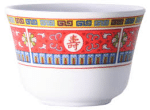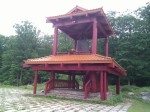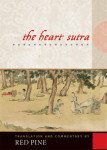“All sentient beings” includes ourselves but “no sufferer is found, no doer of the deeds is there.” No person enters Nirvana and the path has no traveler. So who suffers, who does deeds, who enters Nirvana and who travels the path? Who finds the answer to these questions? When the Buddha announced the doctrine of… Continue reading Zen Emptiness Is Fullness
Category: Emptiness
Empty the cup, Practice Zen
A learned professor once sought out Japanese Zen master Nan-In. He told the master that he was well-read on Zen matters and did not need introductory lessons. He just wanted advanced instruction as to what should be done to attain enlightenment. The master offered the visitor a cup of tea and began pouring tea… Continue reading Empty the cup, Practice Zen
The Zen Bell Tolls For No One
If there is no independent self, what is there? Buddhism teaches that nothing exists independently of anything else. Everything we see, hear, smell, taste or touch is connected to something else. Nothing exists in a vacuum. John Donne’s Meditation XVII, published in 1624, includes the passage made famous by Ernest Hemmingway: No man is an… Continue reading The Zen Bell Tolls For No One
Why do we practice Zen?
Modern Zen practitioners usually sit on mats and cushions indoors but we practice outdoors whenever it’s reasonable to do so. Even the Buddha eventually established monasteries where people could sit indoors. The purpose of sitting in meditation is not to see how much hardship a person can endure. We don’t sit because we believe that… Continue reading Why do we practice Zen?
Zen And The Heart Sutra
Nor is there pain or cause of pain or cease in pain or noble path to lead from pain, not even wisdom to attain, attainment too is emptiness. As Red Pine points out in his superb translation and commentary on The Heart Sutra, these lines were penned to directly refute the Four Noble Truths. The… Continue reading Zen And The Heart Sutra




